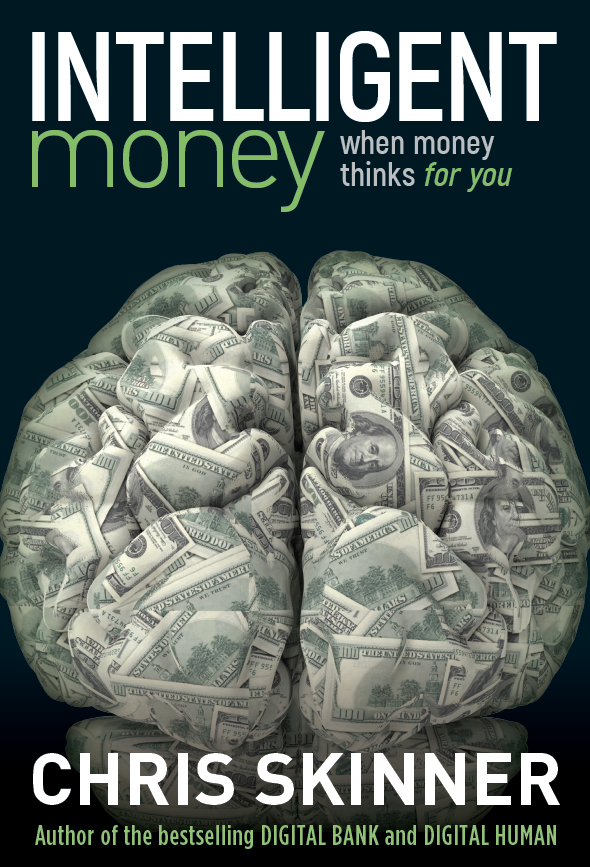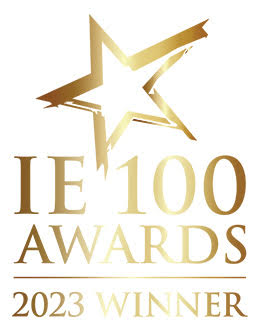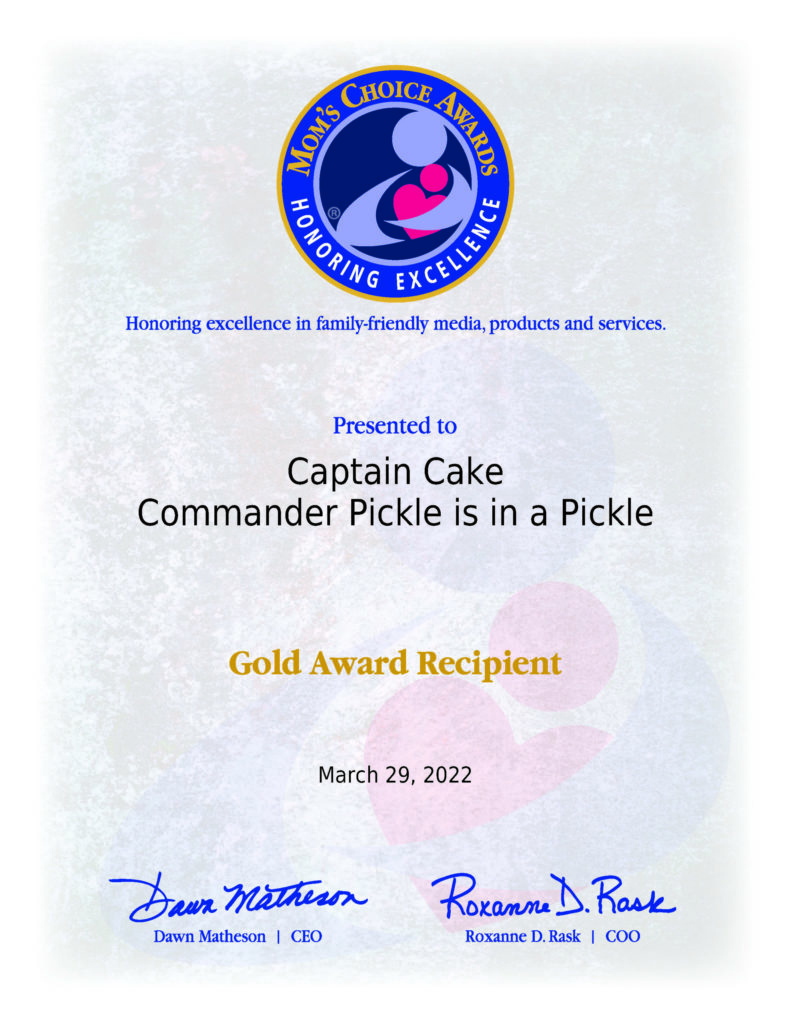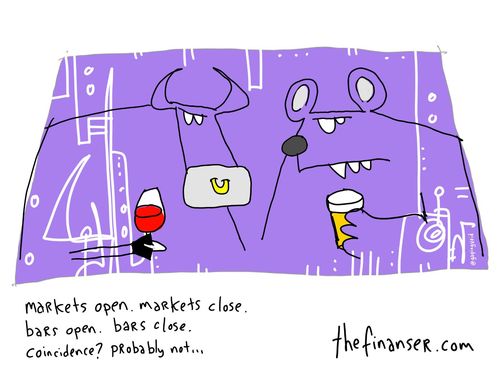
I just
received a report from the Economist Intelligence Unit (EIU) on new bank models
based upon different styles of banking in emerging markets.
According
to the report, the BRIC economies and their brethren will account for 35% of
global assets by 2016, up from 24% today and just 10% in 2004.
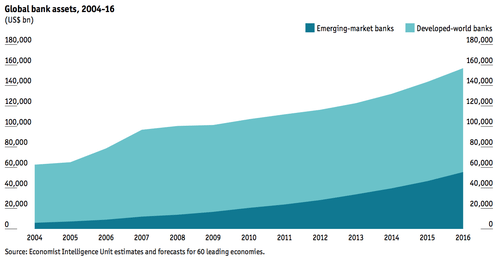
Emerging
market banks are growing to fill a domestic vacuum. This is not surprising when you think that
these economies are spawning millions of middle-class, middle-income consumers
over the past decade.
This is
why there is enormous room for growth. In
China 64% of adults have a bank account.
In Brazil, the figure is 56%. In
Russia (48%) and India (35%), less than one in two adults uses banking services.
Similarly,
there are growth stories, such as M-PESA’s growth in Kenya. With 17 million subscribers, that’s every
adult in Kenya using the service, but more notable is that the number of banked
consumers in Kenya has risen from 2.4 million to over 9 million since the
launch of M-PESA in 2007.
In other
words, new business models are creating new styles of banking, as illustrated
by the reports’ introduction:
“New
technologies, innovative low-cost business models and supportive policy changes
will permit lenders to engage ever greater numbers of consumers in sustainable
and profitable ways. Many of these individuals will become users of formal
financial services for the first time in their lives …
A decade ago, few took notice of this
trend. After all, rich-country banking systems accounted for over 90% of
worldwide industry assets as recently as 2004, according to Economist
Intelligence Unit data. Emerging-market banks began to cut into their rivals’
dominance only slightly before the financial crisis of 2008-09, which marked
the beginning of a global shift in the industry. Developing-country lenders now
account for about 24% of global banking assets, and this share will increase to
over 35% by 2016, according to our forecasts.
Moreover, most growth in the banking sector
worldwide in terms of customers, deposits and lending now takes place in the
developing world. About half the world’s adult population lacks an account
at a
formal financial institution—that is, at a bank, a savings and loan association
(building society)
or a credit union—according to a recent series of household
surveys by the World Bank and Gallup. Although they differ among themselves,
many developing countries have only low levels of bank
usage and thus offer the
greatest potential to reach new customers and deepen financial sectors. For
example, in China some 64% of adults have or share an account, with lower
levels in Brazil (56%), Russia (48%) and India (35%).
By contrast, in developed markets most
adults have accounts, and any growth in customer numbers depends on population
growth and immigration (which are themselves often stagnant). For example, in
the United States 88% of adults hold accounts, with even higher rates of bank
usage in Japan (96%), the United Kingdom (97%) and Germany (98%). The industry
has recently been shrinking in many rich countries as banks trim loan books,
sell off assets and realign their capital ratios to meet regulatory
requirements.
In short, financial firms can no longer
ignore developing countries if they want to expand in growing markets. Those
lenders that insist on carrying on as usual are likely to be reduced to the low
profit margins that come from fighting over market share in stagnating or
declining markets.”
You can find a full copy of the report over
here.
Chris M Skinner
Chris Skinner is best known as an independent commentator on the financial markets through his blog, TheFinanser.com, as author of the bestselling book Digital Bank, and Chair of the European networking forum the Financial Services Club. He has been voted one of the most influential people in banking by The Financial Brand (as well as one of the best blogs), a FinTech Titan (Next Bank), one of the Fintech Leaders you need to follow (City AM, Deluxe and Jax Finance), as well as one of the Top 40 most influential people in financial technology by the Wall Street Journal's Financial News. To learn more click here...






